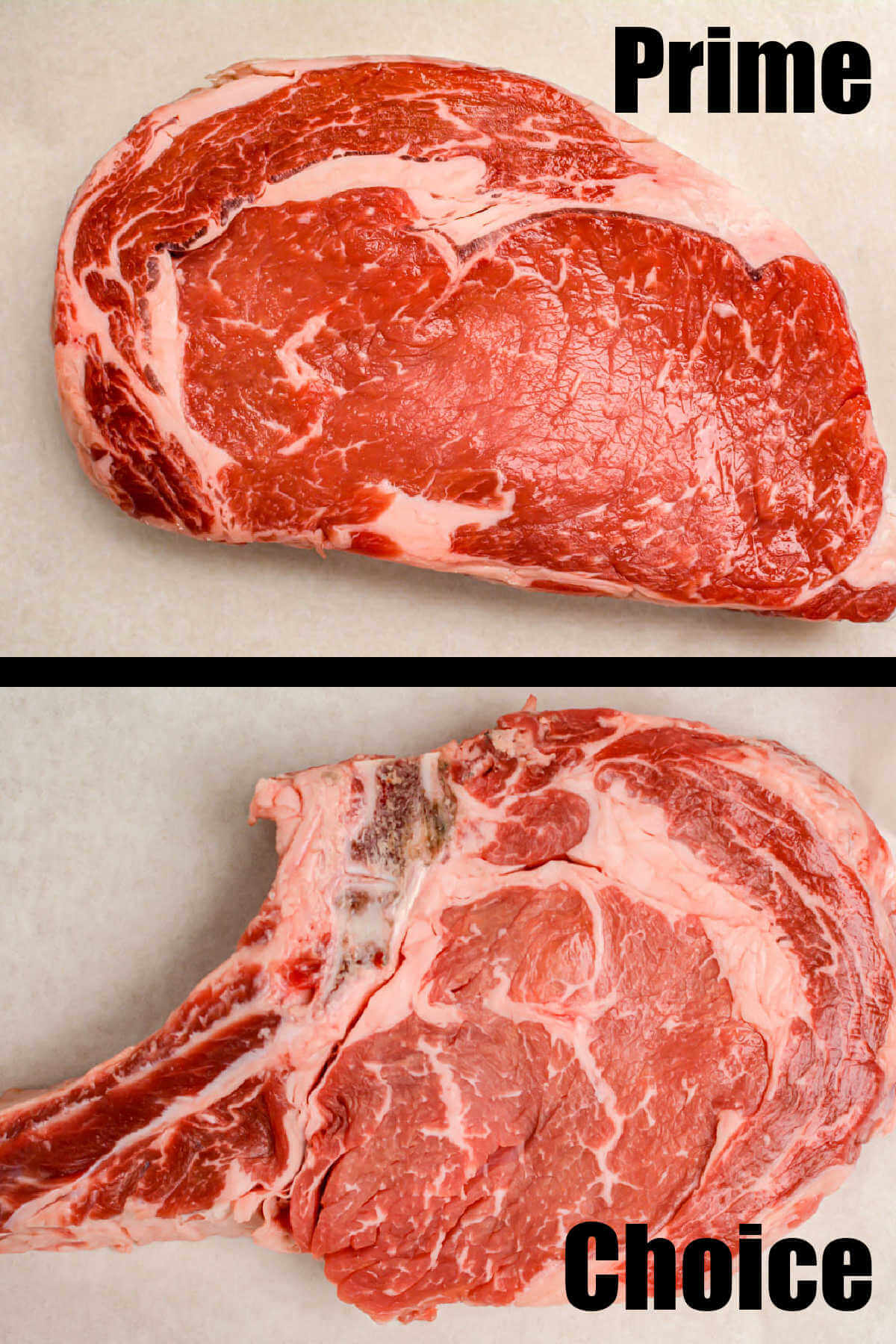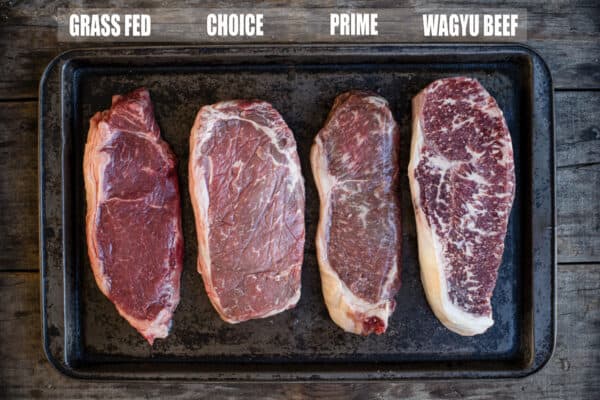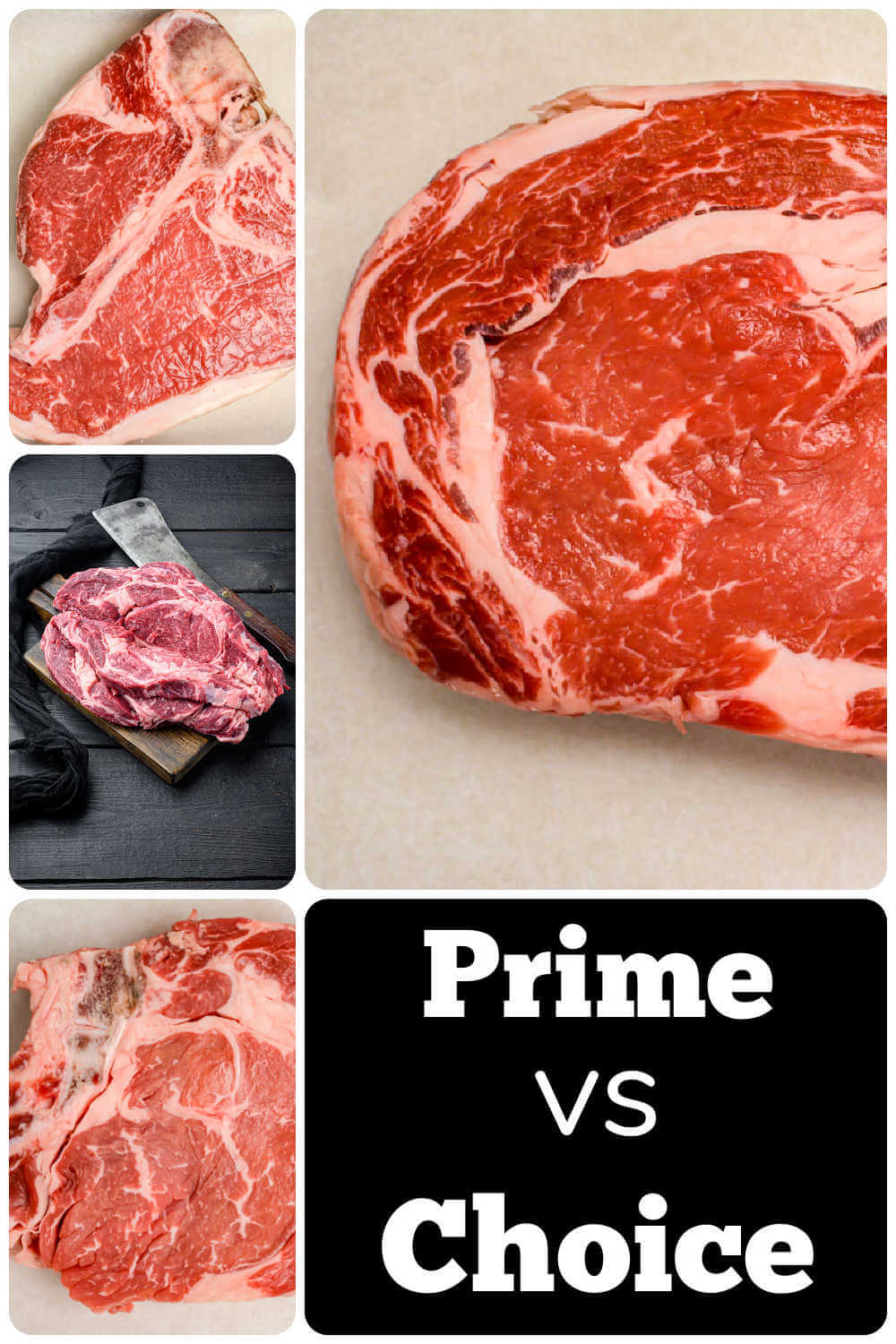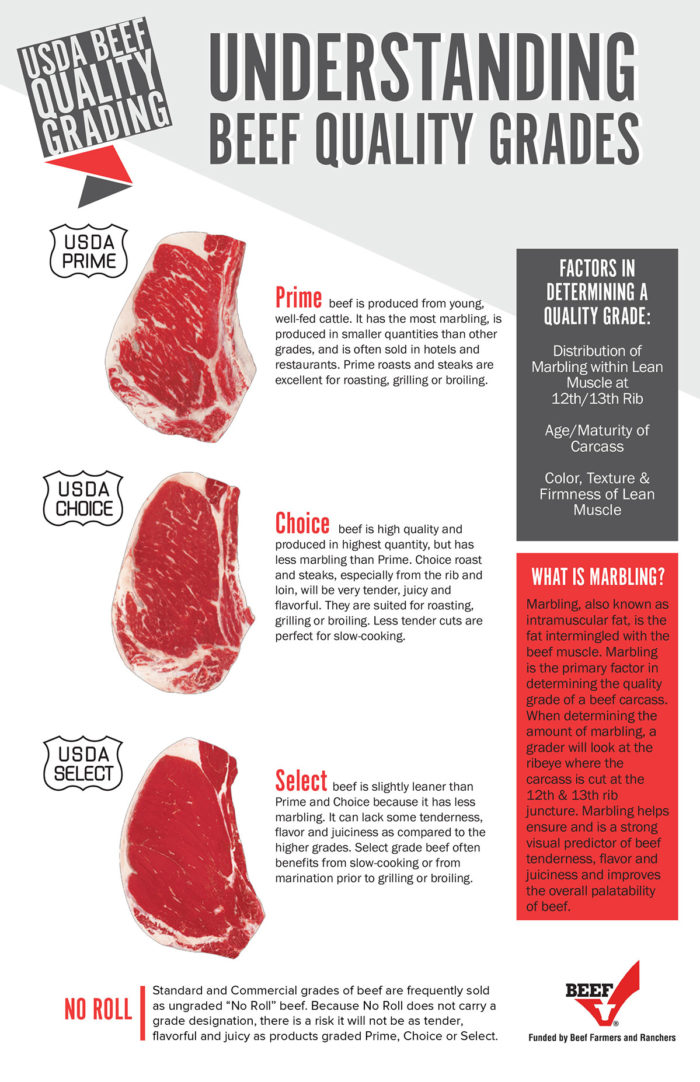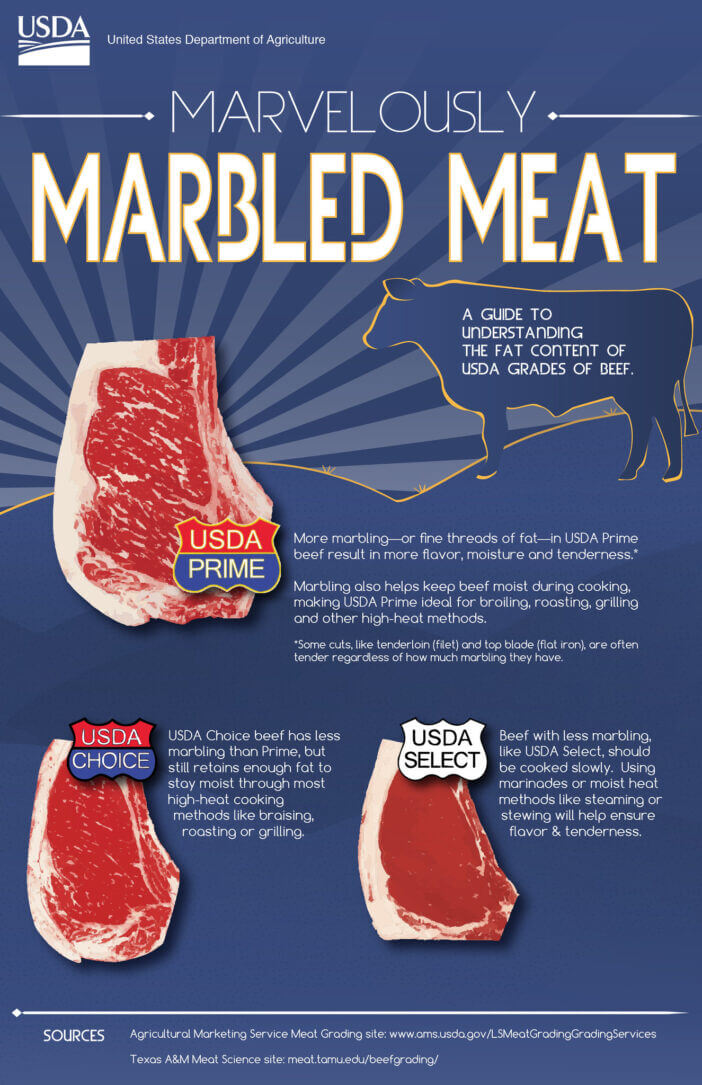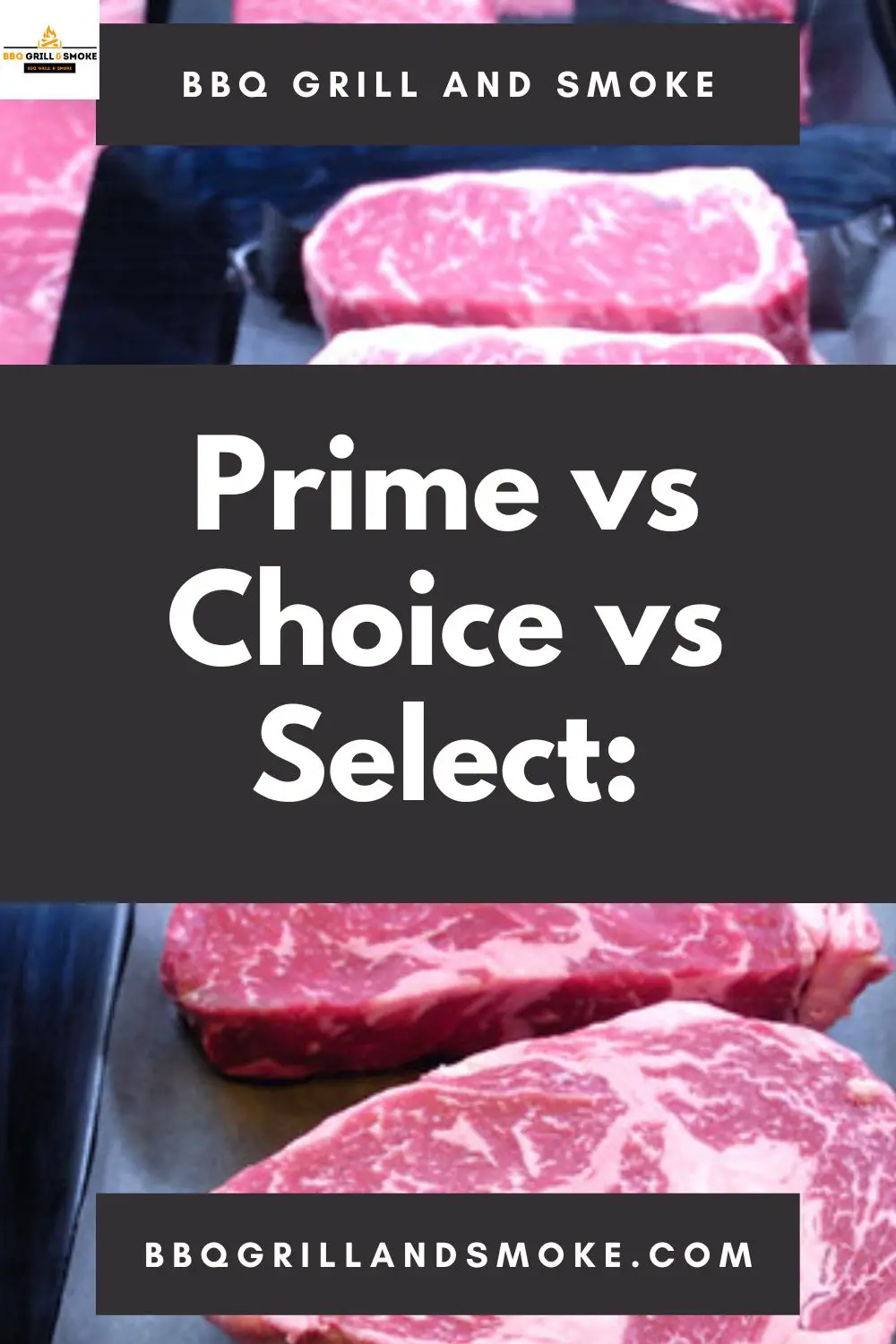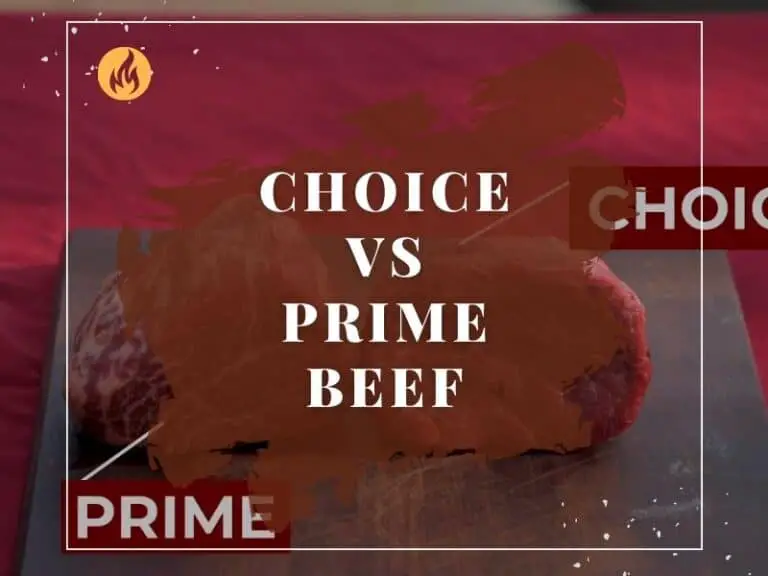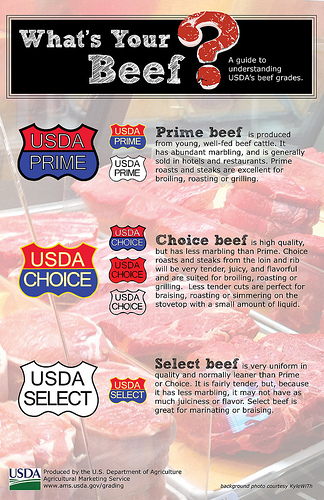What Is Better Choice Or Prime
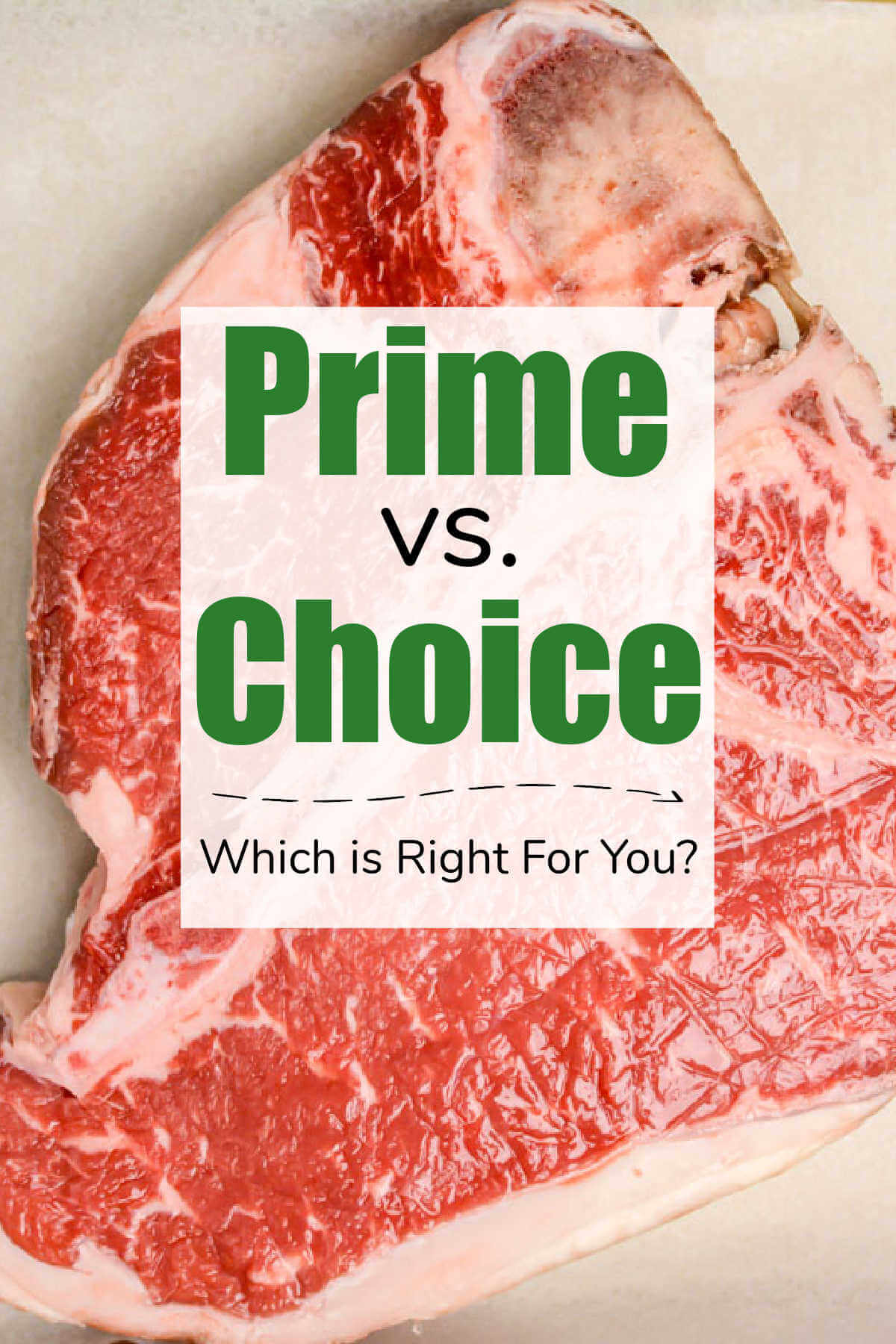
Grocery shoppers are facing a critical decision: Better Choice or Prime? Understanding the nuances between these two grocery tiers is now essential for budget-conscious consumers.
This article breaks down the key differences between Better Choice and Prime grocery options, focusing on price, quality, and availability to help you make the best choice for your needs.
Understanding the Basics
Better Choice typically refers to a store's own brand or generic product line. These options are positioned as budget-friendly alternatives to name-brand items.
Prime, in contrast, generally signifies the highest quality grade within a particular category. For example, in beef, Prime cuts boast superior marbling and tenderness.
Price Comparison
Better Choice products almost always win on price. Grocery stores often offer these items at significantly lower costs than Prime or name-brand equivalents.
A recent price check at a major supermarket chain revealed that a Better Choice gallon of milk was 25% cheaper than the brand name option. Prime options, when available, often carry a premium due to factors like improved quality control and sourcing.
Quality Differences
Quality is where the distinction becomes more pronounced. Prime labeled products adhere to stricter standards.
For example, Prime beef has more intramuscular fat, resulting in a more flavorful and tender product. While Better Choice items are safe and often nutritious, they may lack the same level of consistency or taste profile.
"Consumers should carefully examine the ingredient lists and nutritional information of both Better Choice and Prime options to ensure they meet their dietary needs," advises nutrition expert, Dr. Emily Carter.
Availability
Better Choice items are generally widely available across most major grocery chains. They’re often designed to fill the demand for lower-cost alternatives.
Prime options may have limited availability. They are sometimes confined to specialized butcher shops or select supermarkets with a focus on high-end products.
Specific Examples: Beef, Produce, and Dairy
Beef: The difference between Better Choice and Prime beef is stark. Prime cuts show significant marbling, ensuring a richer flavor. Better Choice beef is leaner and may require careful preparation to avoid toughness.
Produce: For produce, the difference is less about grading and more about freshness. Better Choice produce might be perfectly acceptable for daily consumption, while Prime often represents locally sourced or specially cultivated varieties.
Dairy: In dairy, Better Choice options often meet basic nutritional requirements but may not have the same creaminess or richness as Prime dairy products from grass-fed cows.
Expert Opinions and Consumer Trends
Consumer Reports suggests that taste-testing different Better Choice and Prime products can help individuals discern their preferred level of quality versus cost savings. Many consumers are prioritizing budget considerations due to rising inflation.
According to a recent survey, 60% of shoppers indicated they had purchased more store-brand or generic items (Better Choice) in the last year compared to previous years. Grocery analysts predict that this trend will continue as long as economic pressures persist.
Making the Right Choice
Ultimately, the "better" choice depends on individual needs and preferences. If budget is a primary concern, Better Choice offers substantial savings. If taste and quality are paramount, Prime is the preferable option.
Consider the specific product and its intended use. For example, you might opt for Prime beef for a special occasion but choose Better Choice ground beef for everyday meals.
Regularly comparing prices and evaluating quality is the best way to make informed grocery decisions. Watch for sales and promotions to maximize your purchasing power.
Ongoing Developments
Grocery chains are constantly innovating their Better Choice product lines to improve quality and compete more effectively with name brands. This may blur the lines between the two tiers in the future.
Consumers should stay informed about these developments. Pay attention to product reviews and nutritional labeling to make the most informed choices.
